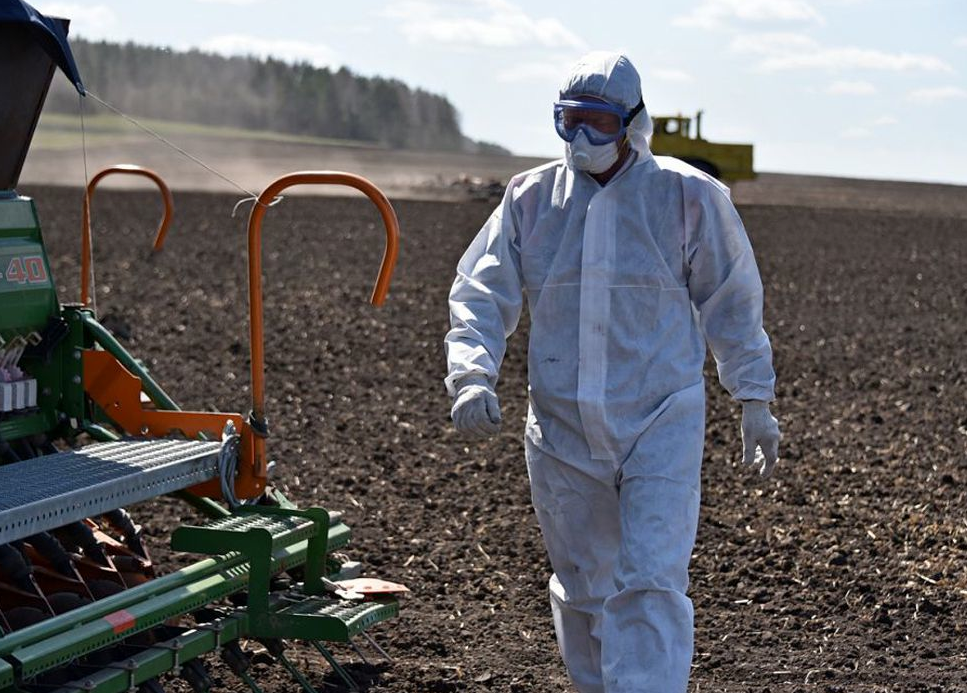 Recently, a report from an inspection team of the Standing Committee of the National People's Congress of China reveals 2.6% medium and serious contaminated soil, 11% slight contaminated soil, 2.9% medium and serious contaminated cultivated land, with contamination still spreading in some regions. The baseline, distribution and area of contaminated cultivated land are not known, which has resulted in difficulties in safe use, management and remediation of contaminated cultivated land.
Recently, a report from an inspection team of the Standing Committee of the National People's Congress of China reveals 2.6% medium and serious contaminated soil, 11% slight contaminated soil, 2.9% medium and serious contaminated cultivated land, with contamination still spreading in some regions. The baseline, distribution and area of contaminated cultivated land are not known, which has resulted in difficulties in safe use, management and remediation of contaminated cultivated land.
Further, the report says that half of the industrial parks in China rely on municipal waste water for treatment of industrial waste water, and polluting production has existed in no small number of industrial parks. This is having a serious impact on nearby farm lands. The agricultural nonpoint pollution and soil contamination in waste water irrigation areas has become very serious, as well.
A latest study shows that heavy metal contamination in China’s major food grain production regions has been on the rise over the last 20 years, as the contamination rate increased from 7.16% to 21.49%, which is a 14% increase. The contaminants mainly include Cd, Ni, Cu, Zn and Hg, the heavy metal contamination in southern major food grain production regions remains more serious than in northern China. Mining and industrial production waste water irrigation are the primary sources of heavy metal contamination in the 5 major food grain production regions.
The report of the Standing Committee of the National People's Congress points out that a soil quality survey needs to be conducted by the end of 2018 to pinpoint the area and distribution of contaminated soil, as well as the impact to the quality of farm products to carry out targeted remediation of contaminated croplands, and promote safe use of land.
Source: agropages.com.

